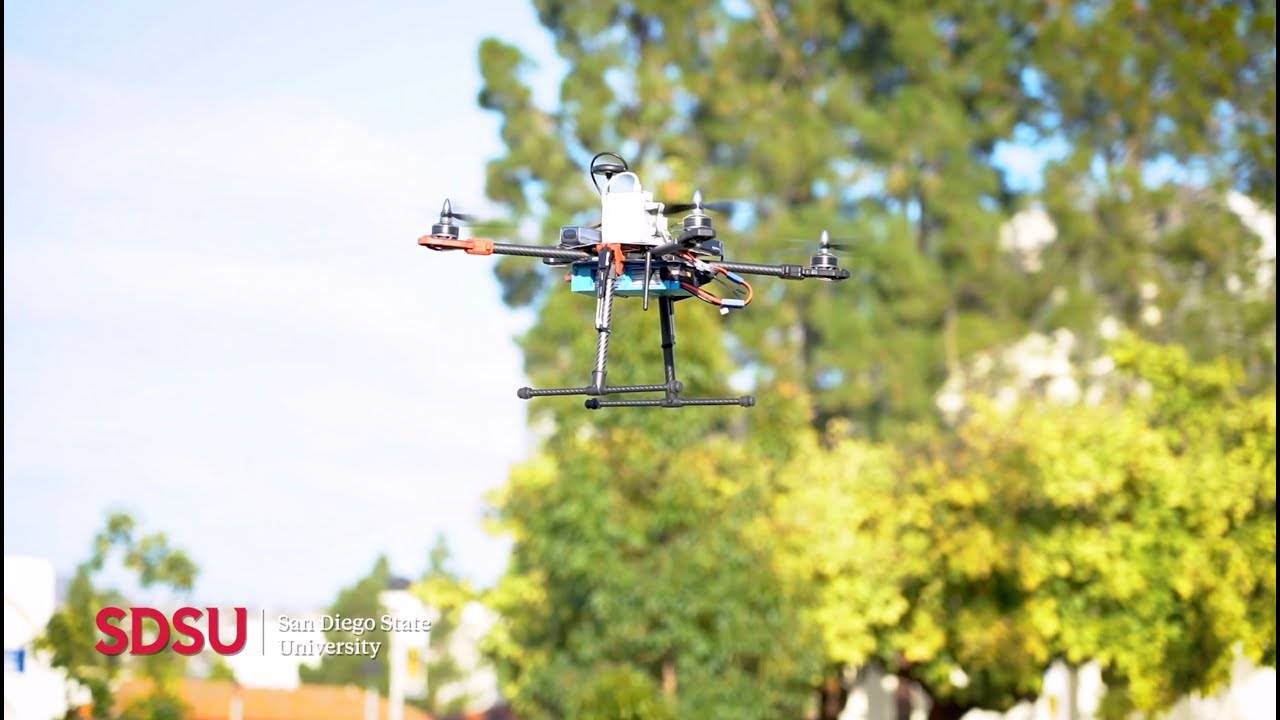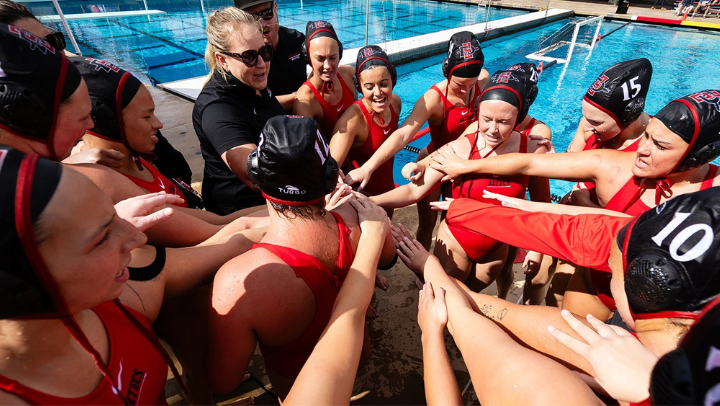Self-Driving Cars: The Next Computing Revolution But Far From Perfect
SDSU computer scientists and engineers are advancing autonomous vehicle software and hardware

Self-driving cars promise to reduce the number of accidents caused by human error, according to the National Highway Traffic Safety Administration. More plentiful and powerful drones can revolutionize not just entertainment but also transportation and package delivery. Both types of autonomous vehicles rely on sophisticated technology to make decisions without direct human input. But is this technology safe?
Several San Diego State University computer scientists and engineers say they do not fully trust self-driving vehicles with their lives quite yet, but they are hopeful their research might soon allow computers to take the wheel.
Xiaobai Liu, professor of computer science, develops machine learning algorithms to enhance vehicles’ integration of information about the surrounding environment from cameras, radar, LiDAR and other sensors. Because most of the current algorithms are based on data gathered in warm, sunny conditions, Liu is adapting them to help vehicles better recognize the additional dangers of navigating icy and snowy roads.
Hyunjong Choi, an assistant professor of computer science, works further downstream from improving computers’ ability to perceive the world as humans do. He tests different ways of allocating a computer’s finite resources to shorten the time necessary between identifying an obstacle and avoiding it. Shaving off a few milliseconds in the process of deciding to swerve or brake could mean the difference between safety and catastrophe.
Bryan Donyanavard, also an assistant professor of computer science, is aiming for computer systems to be ‘self-aware,’ meaning that they are able to autonomously decide how to monitor and spend their energy. Devices with this self-awareness can better react to unpredictable scenarios such as losing power rapidly in cold environments or disconnecting from a wireless network.
Junfei Xie, an associate professor of electrical and computer engineering, is tackling several of these same computing challenges with the added constraints of smaller size and less power available on airborne drones. Distributing data processing and decision-making across multiple interconnected drones without relying on ground-based computers or pilots requires efficient software and more compact hardware. Her work on drone-to-drone communication is one of the key pieces that will eventually pave the way for highways in the sky.
“It's going to take a long time to actually deliver an autonomous driving system to almost perfect standards but the research must go on,” said Liu.



